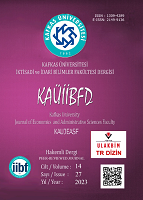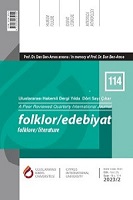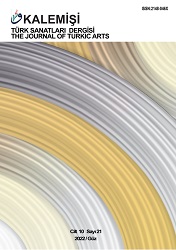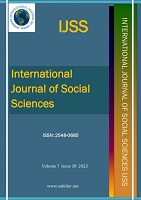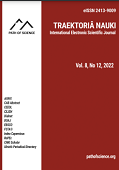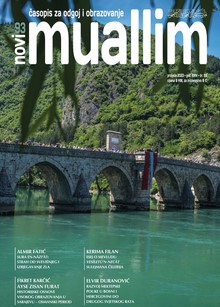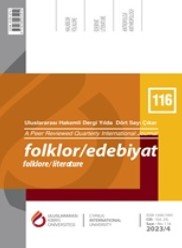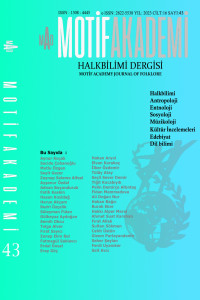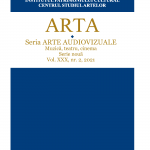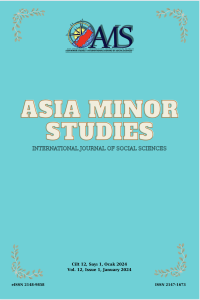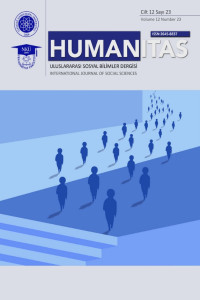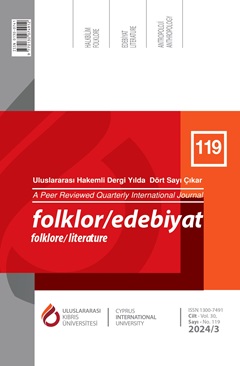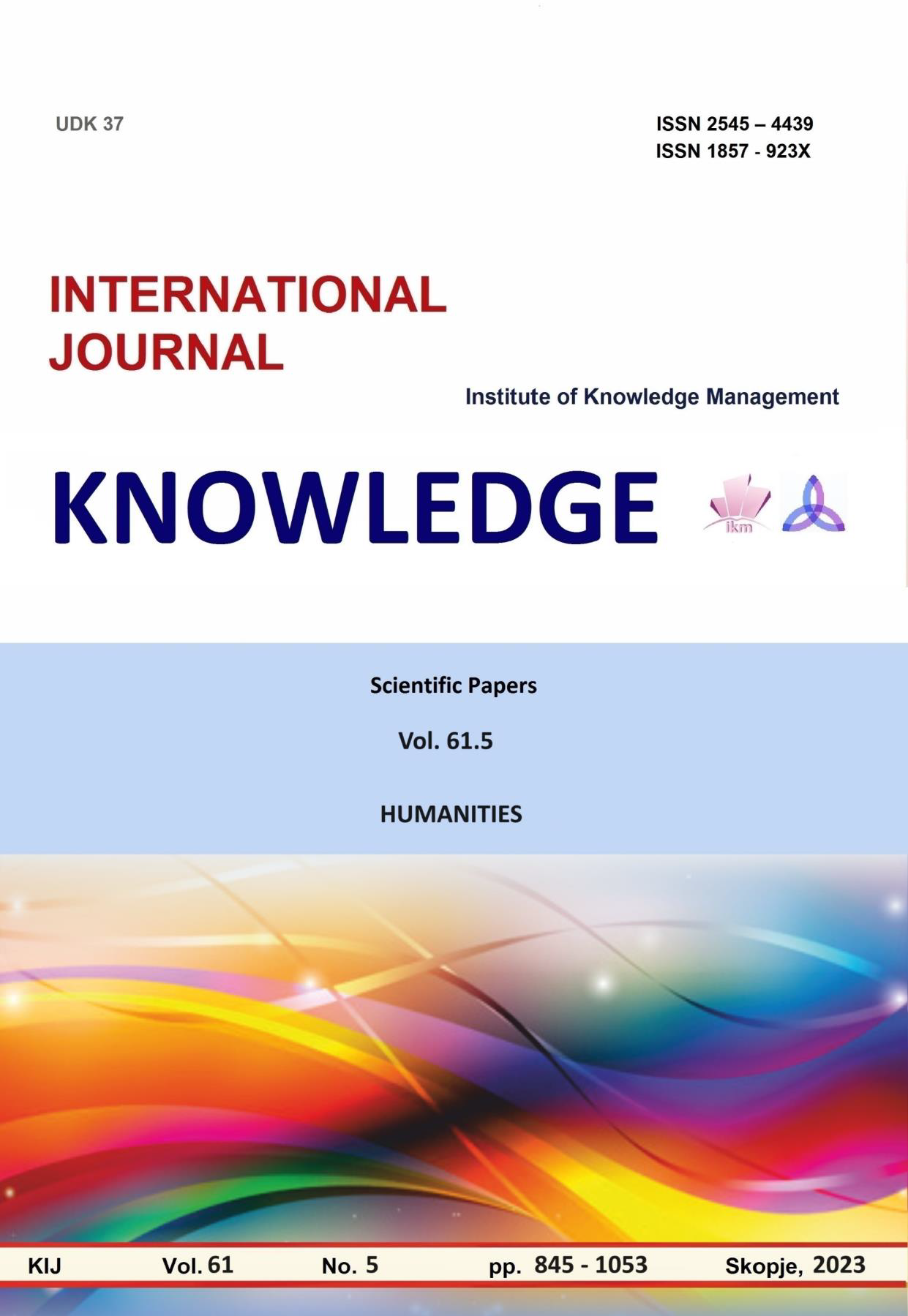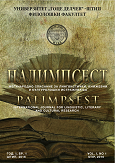
HAJI BEKTASHI VELI’S VELÂYETNÂME AS A LITERARY SOURCE ABOUT MEDIEVAL ANATOLIA
After the Battle of Talas, which took place in the middle of the VIIIth century, the process of accepting Islam by the Turks began. The Turks, who had stood side by side in this war with the members of this new religion, which they had the opportunity to meet on various occasions before, have now entered the process of gradually accepting this religion after recognizing it. With this acceptance, Turks will succeed in raising many important figures in the field of thought, as in many other fields. Mahmud al-Kashgari, Yusuf Khass Hajib, Ahmad bin Mahmud Yukenaki and Khoja Akhmet Yassawi are a few of them. These personalities lived before the Turks came to Anatolia. However, their influence continued to increase after the arrival of the Turks in Anatolia at the beginning of the Xth century. Scientific and intellectual activities that started in Central Asia entered a new phase with the conquest of Anatolia. This phase is the one in which the Turkish understanding of religion is shaped and a new interpretation of the religion of Islam is formed. Personalities such as Mawlānā, Yunus Emre, Ak̲h̲ī Ewrān and Haji Bektashi Veli who grew up in this period struggled to spread this new religion both among Türker and in the Anatolian geography. The works they produced, the dervish lodges, zawiyas and sufi centers they established, and Haji Bektashi Veli, one of these personalities who tried to continue these struggles, and his Velâyetnâme, which is considered to be his most important literary work, are discussed in this study. The work in question; When the content is evaluated in the context of the events and dates it deals with, it is an important literary and historical resource for medieval Anatolia.
More...
